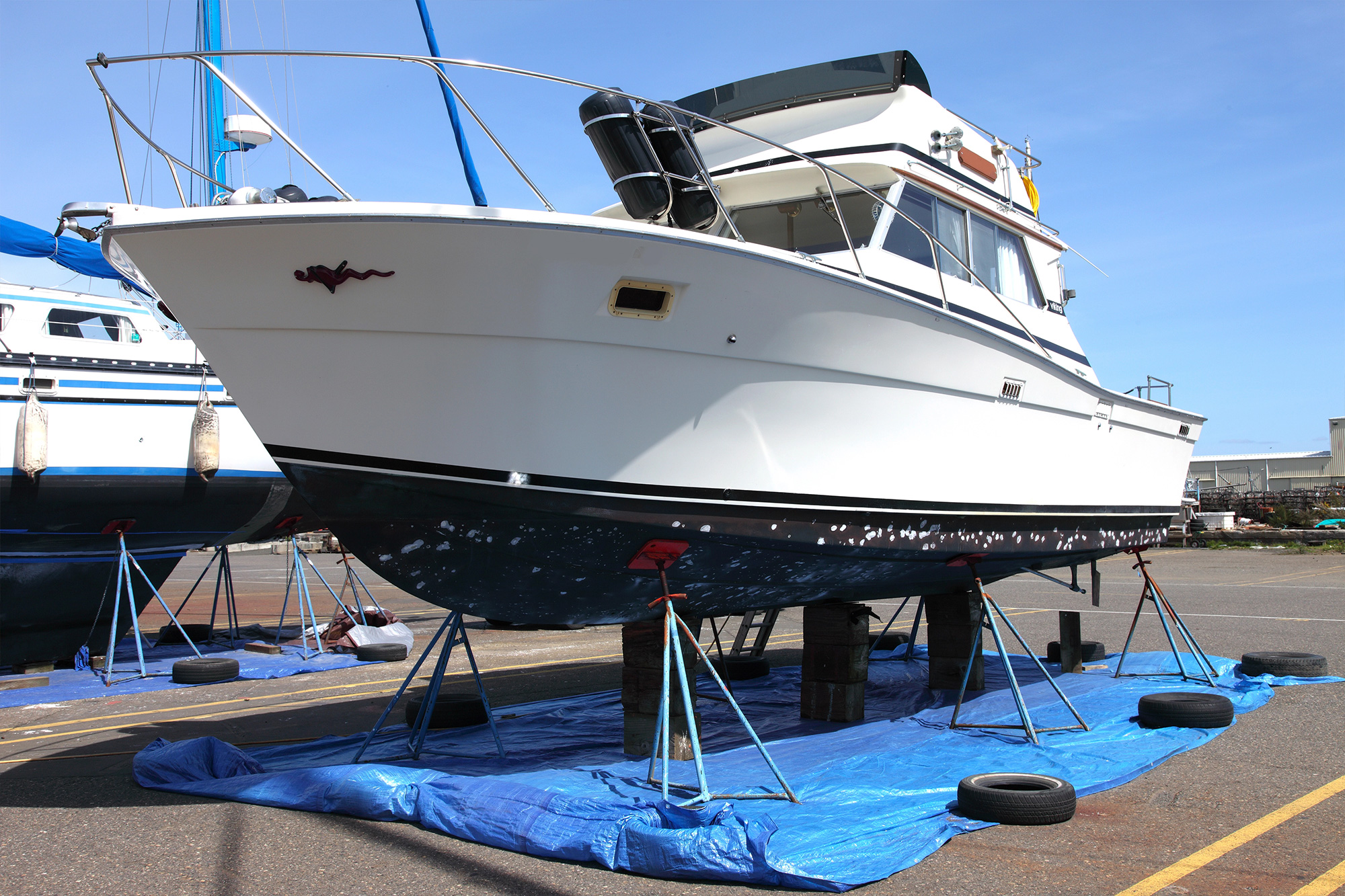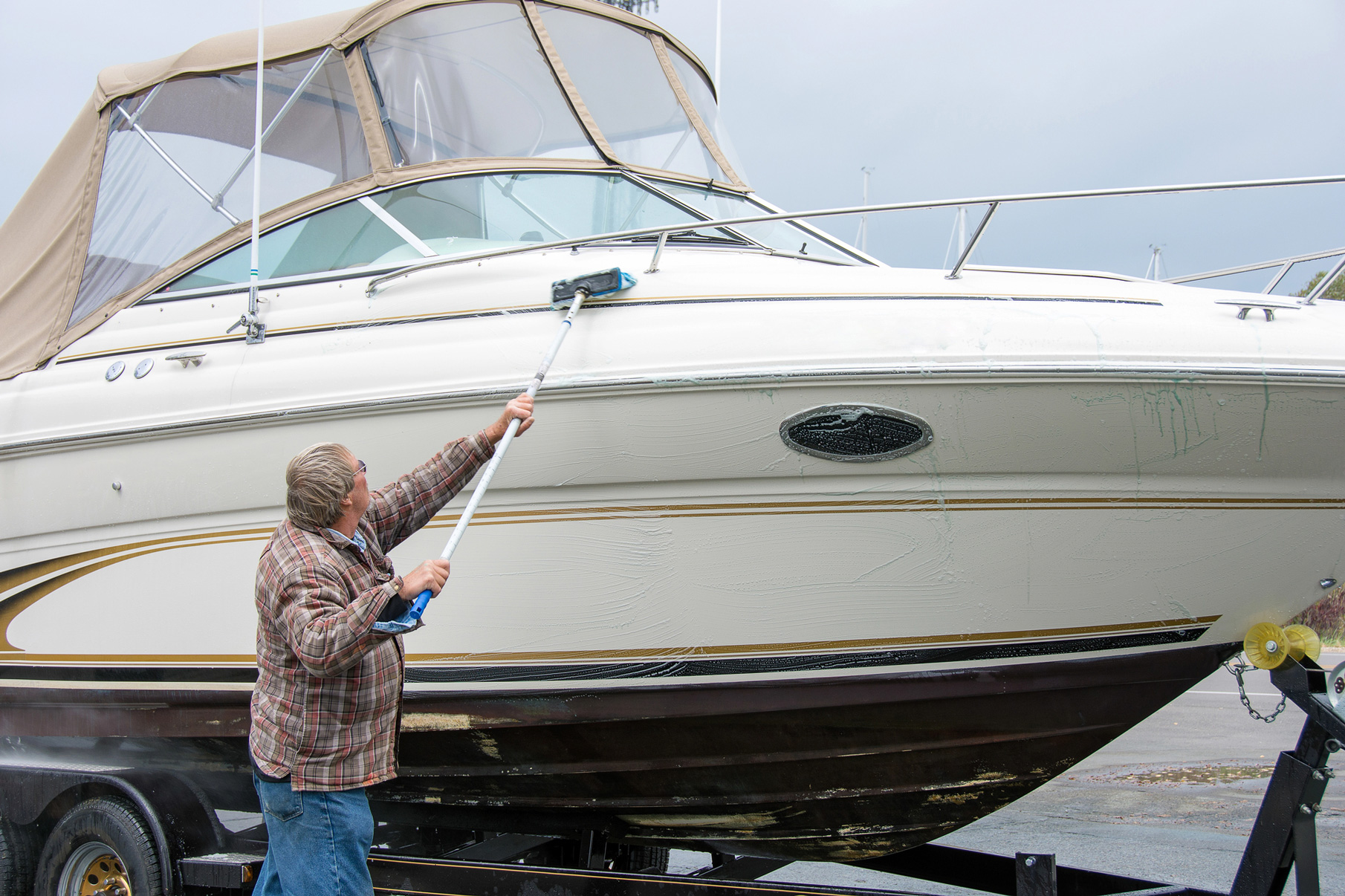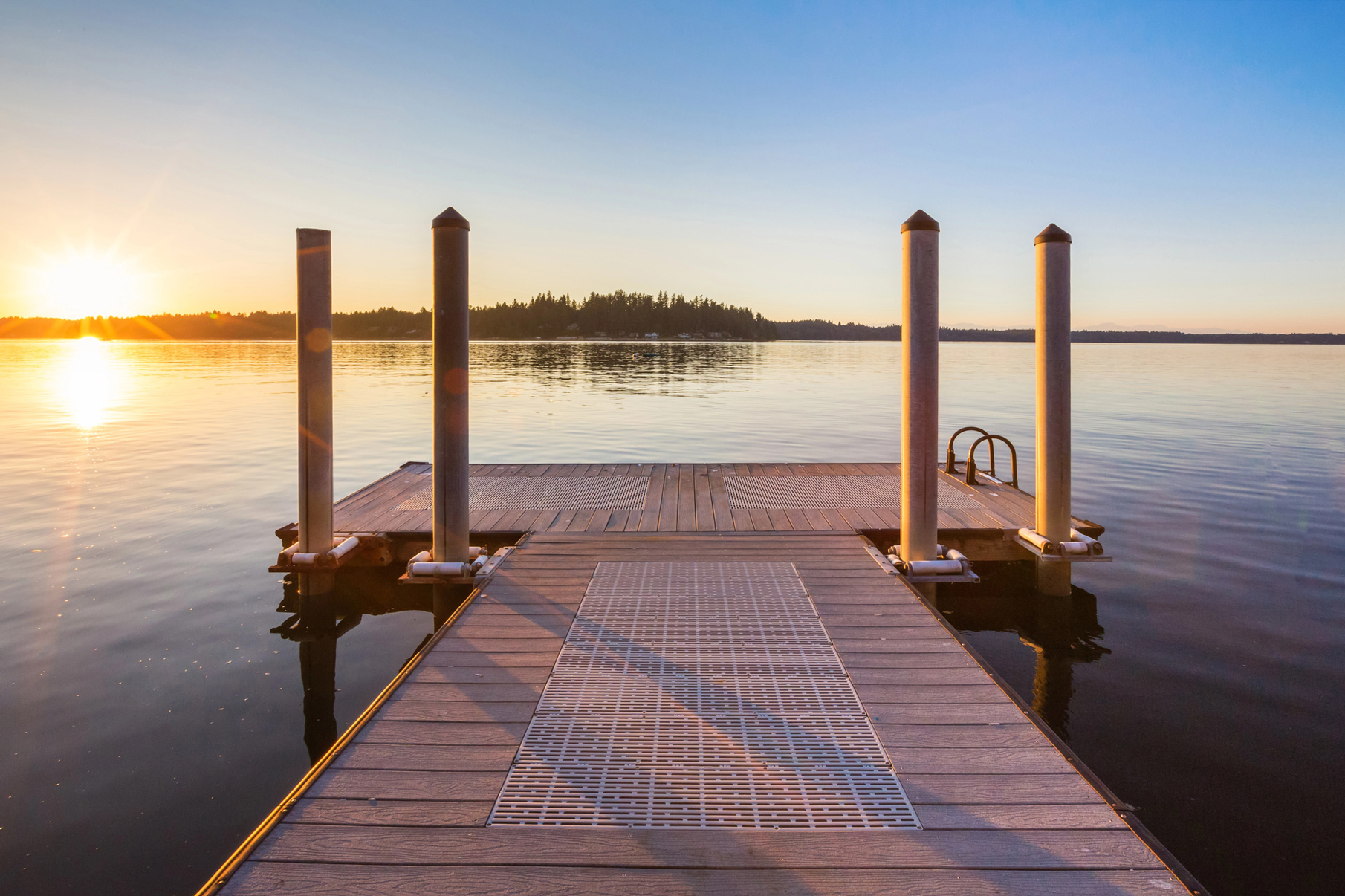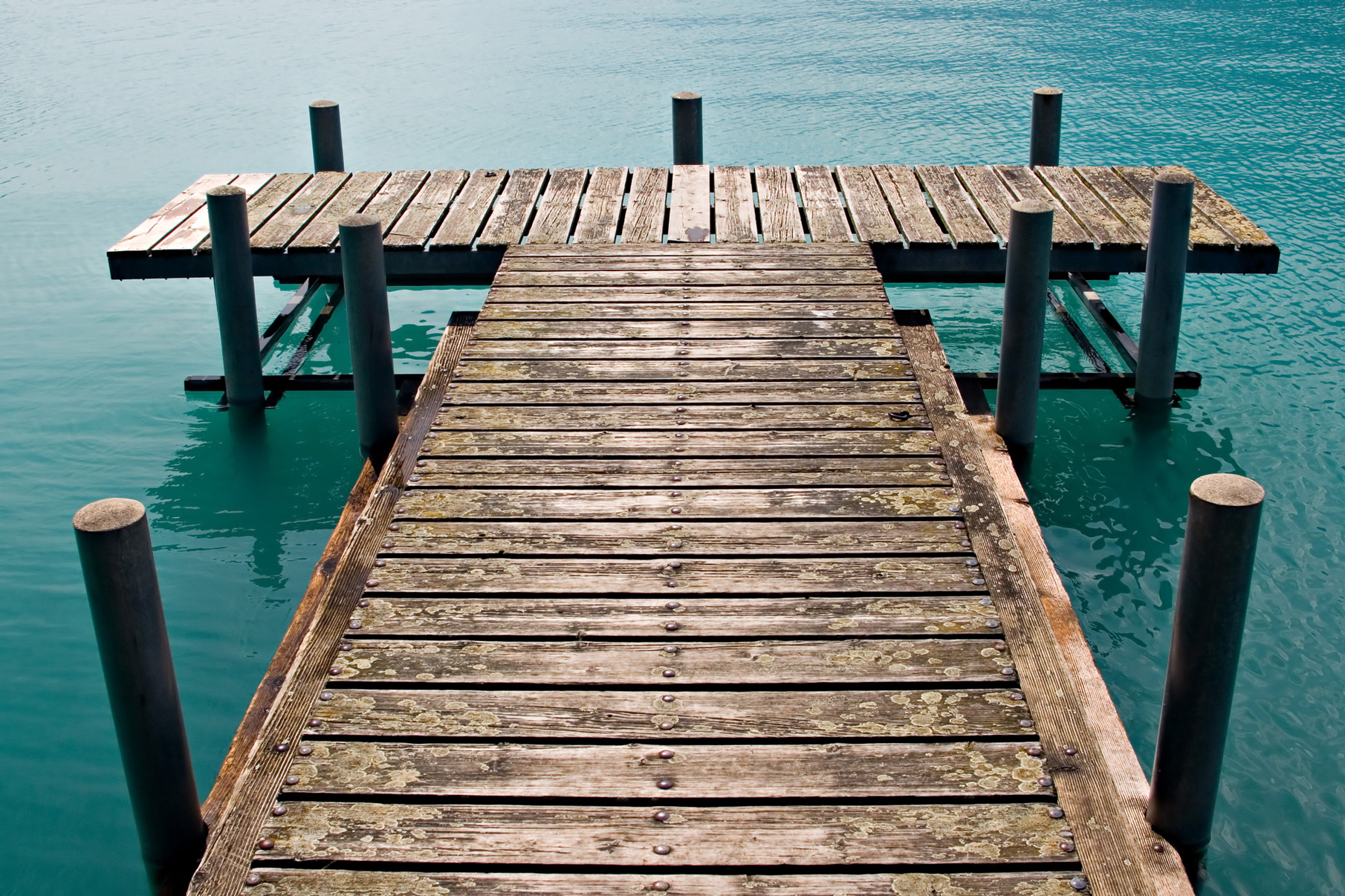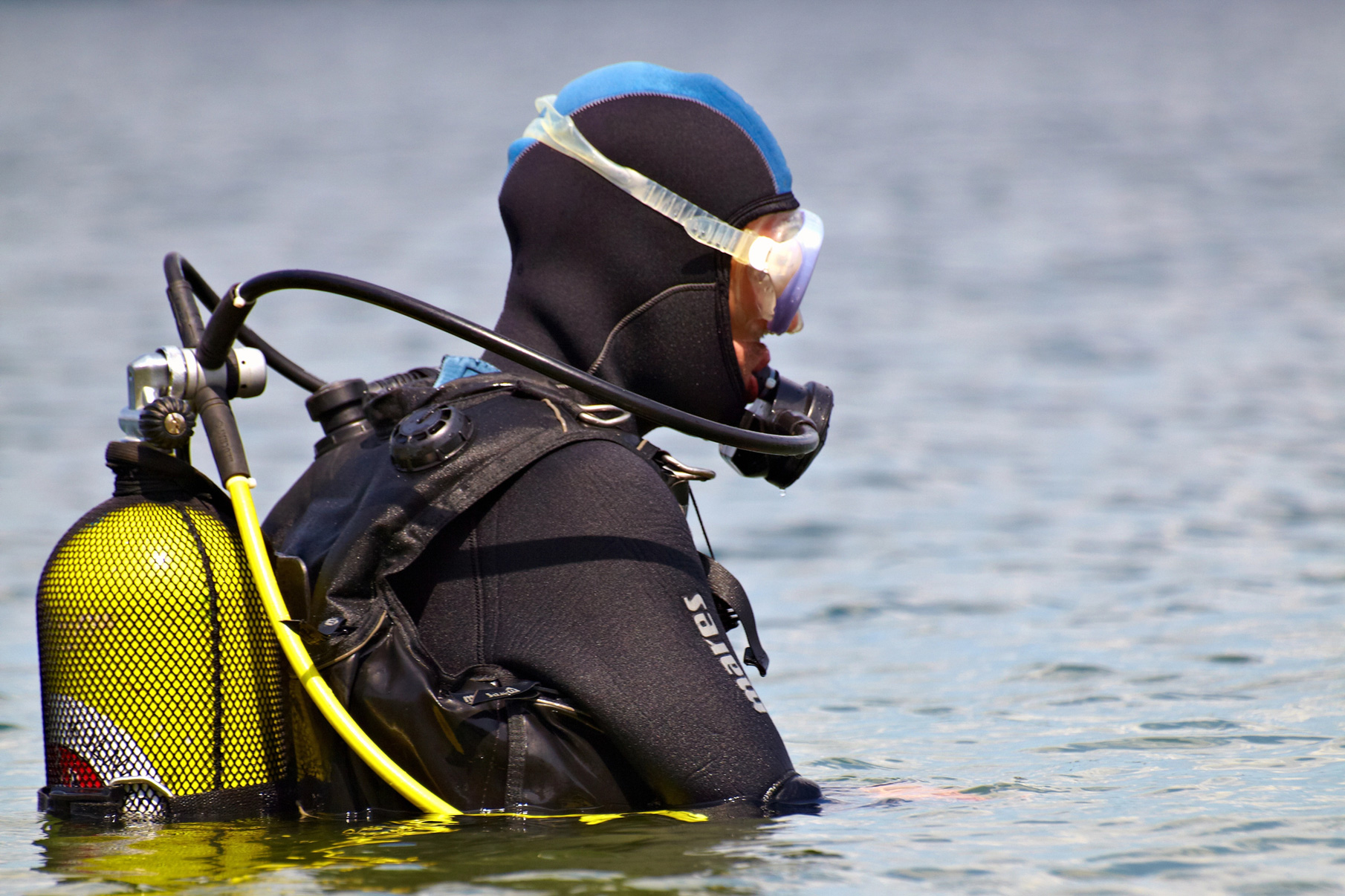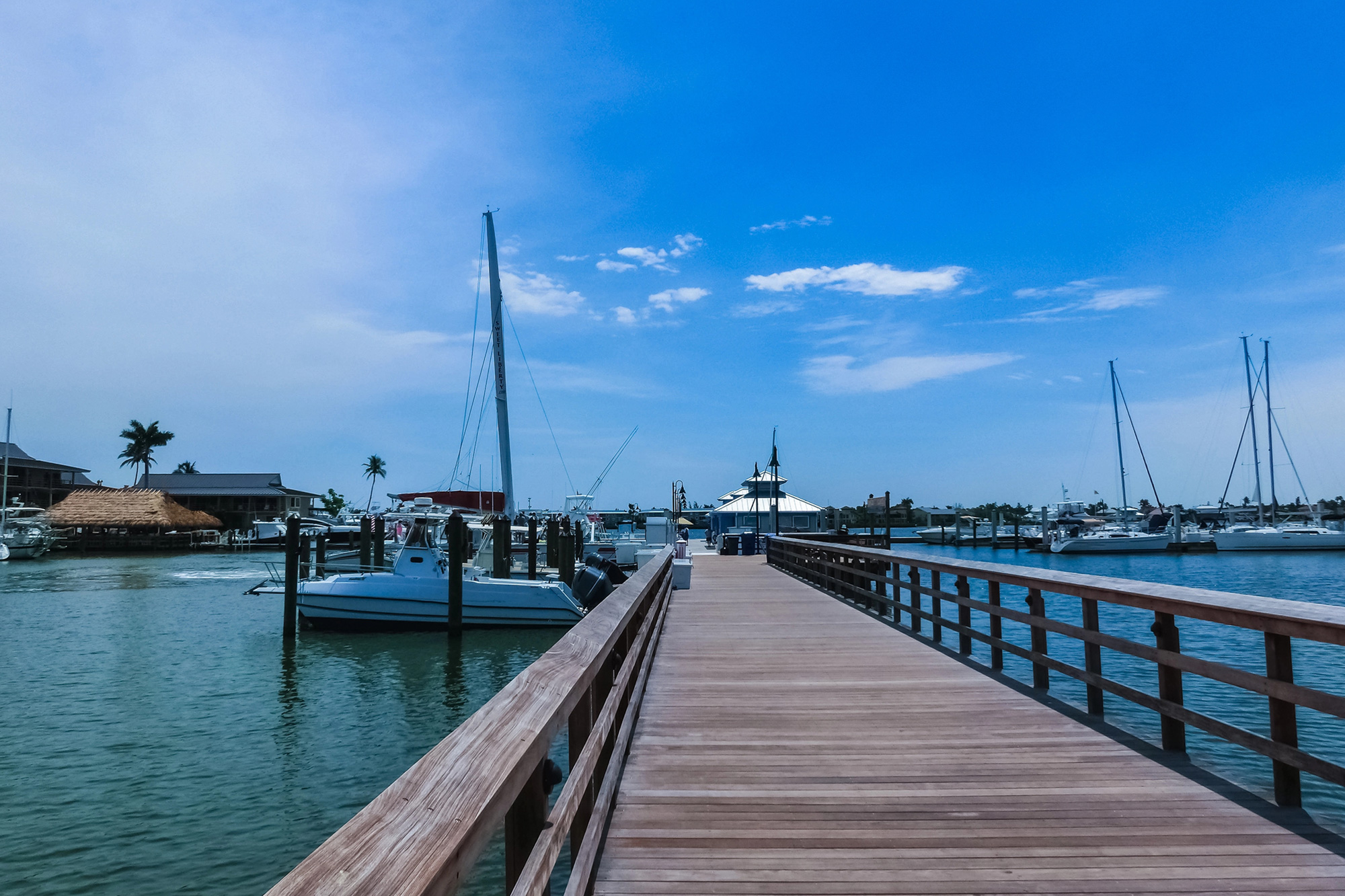Marine vessel and dock owners in Florida often require specialized maintenance and repair for their valuable assets. Maintaining the integrity of structures below the waterline poses unique challenges that demand specific skills and equipment. Addressing these submerged issues promptly prevents minor damage from escalating into significant problems, which compromises the safety and function of marine property.
Expert professionals capably perform underwater welding, a vital technique that offers effective solutions for submerged repairs and construction. This essential skill keeps your boats and docks in prime condition, extending their lifespan and ensuring operational efficiency.
What Is Underwater Welding and Its Importance
Underwater welding involves joining metals together in a submerged environment, creating strong and durable bonds beneath the water’s surface. This specialized process plays a critical role in the maintenance and repair of marine structures, including ships, oil rigs, pipelines, and dock foundations.
The ability to perform repairs without dry-docking vessels saves significant time and money for marine operators. This method allows for immediate fixes to unforeseen damage, which maintains continuous operation and reduces costly downtime. Underwater welding also provides a versatile solution for construction projects that require assembly or modification of submerged components.
Main Types of Underwater Welding Methods
Divers use specific methods to accomplish welding tasks below the surface, each suited for particular conditions and materials. Understanding these techniques provides insight into the precision and skill required for successful submerged operations.
- Wet Welding: Wet welding involves performing the welding operation directly in the water, with the welder-diver exposed to the surrounding aquatic environment. This method typically uses modified stick electrodes and specialized power sources designed for submerged applications. Welders must take precautions to protect themselves from electrical hazards and ensure the stability of their work platform. Wet welding offers immediate accessibility for emergency repairs and reaches areas that dry methods cannot access easily. The speed and convenience of wet welding make it a popular choice for quick fixes and temporary repairs on various marine structures.
- Dry Chamber Welding: Dry chamber welding involves enclosing the work area in a sealed chamber that expels water, creating a dry environment for the welder. This method provides superior weld quality compared to wet welding because it eliminates the quenching effect of water on the molten metal. Divers use hyperbaric chambers that attach to the structure, allowing them to work in atmospheric or elevated pressure conditions. Dry chamber welding is ideal for critical repairs that demand high-integrity welds, such as those found in pipelines or structural components of offshore platforms. The controlled environment minimizes contamination and ensures consistent welding parameters for optimal results.
- Local Cavity Welding: Local cavity welding creates a small, localized dry or semi-dry environment around the specific area of the weld. This technique often employs a transparent, gas-filled enclosure or a localized habitat that allows the welder to work without direct water contact at the weld site. The cavity protects the arc from water and permits the use of standard welding equipment, improving weld quality and consistency. Local cavity welding is suitable for repairs that require a balance between the accessibility of wet welding and the quality of dry chamber methods. This approach offers a practical solution for specific repair scenarios on marine vessels and underwater infrastructure.
- Pressure Welding: Pressure welding, also known as explosion welding or friction welding, uses pressure to join materials underwater without melting them. This method involves applying high compressive forces to bond the metals at a molecular level, creating a strong and durable connection. Divers precisely control the pressure application to achieve the desired metallurgical bond between the components. Pressure welding is particularly useful for joining dissimilar metals or for applications where heat input must be minimized to avoid material distortion. This technique offers a unique solution for specialized underwater joining requirements that conventional fusion welding cannot address effectively.
Key Equipment Needed for Underwater Welding
Successful underwater welding operations rely on a specific set of tools and equipment designed for the harsh marine environment. Welders use specialized gear to ensure safety and maintain efficiency below the surface. This includes waterproof welding machines, insulated electrodes, and robust diving suits that protect against electrical shock and pressure. Communication systems also connect the diver with surface support, which allows for real-time adjustments and problem-solving during the work. Divers often use specialized lighting to illuminate the work area, which provides clear visibility in murky waters.
Safety Precautions for Underwater Welding Operations
Safety remains the foremost concern for any underwater welding project due to the inherent risks involved. Welders adhere to strict protocols to mitigate dangers like electrical shock, decompression sickness, and entanglement. They receive extensive training in emergency procedures and equipment handling to respond effectively to unforeseen circumstances. Surface support teams monitor the diver’s air supply, depth, and vital signs, ready to intervene if an issue arises. Proper insulation of all electrical connections and regular inspection of equipment minimize the risk of accidents.
How Underwater Welding Differs from Surface Welding
Underwater welding presents distinct challenges and characteristics compared to welding performed in a dry, atmospheric environment. The presence of water significantly affects the welding arc, often leading to rapid cooling of the weld material and potential hydrogen embrittlement. Surface welding benefits from stable atmospheric conditions, allowing for greater control over heat input and material properties.
Underwater welders contend with limited visibility, water currents, and immense pressure, which complicates precision and efficiency. Specialized training prepares welders to adapt their techniques to these unique submerged conditions.
Common Applications of Underwater Welding in Industry
Underwater welding finds widespread use across various industries that operate in marine environments. It proves indispensable for maintaining and repairing offshore oil and gas platforms, ensuring the structural integrity of these massive installations.
Shipyards employ underwater welders to conduct hull repairs and modifications without the need for costly dry-docking. Submarine pipelines rely on underwater welding for installation and repair, which maintains the flow of vital resources. This technique also supports the construction and upkeep of bridges, dams, and other submerged infrastructure.
Challenges Faced During Underwater Welding Projects
Underwater welding projects encounter numerous challenges that demand expert problem-solving and adaptable techniques. Poor visibility from murky water or suspended sediment significantly hinders the welder’s ability to see the work area clearly.
Strong currents can destabilize the welder and affect the precision of the weld, requiring specialized positioning equipment. The immense pressure at greater depths impacts both the welder and the equipment, potentially causing physical strain and equipment malfunction. Maintaining stable arc conditions in the presence of water also requires specialized electrodes and power sources.
Training and Certification for Underwater Welders
Aspiring underwater welders undergo rigorous training programs to acquire the necessary skills and certifications for this demanding profession. These programs cover advanced welding techniques, diving procedures, and safety protocols specific to submerged operations. Welders must achieve proficiency in various welding processes, including shielded metal arc welding and flux-cored arc welding.
Certification bodies evaluate a welder’s ability to perform quality welds under simulated underwater conditions, ensuring competence and adherence to industry standards. Continuous education and recertification keep welders updated on the latest techniques and safety advancements.
Environmental Impact of Underwater Welding Practices
Underwater welding practices sometimes raise environmental considerations, particularly regarding the potential effects on marine ecosystems. The heat from welding can impact surrounding marine life and alter local water chemistry. Welders employ methods to minimize environmental disturbance, such as using specialized shielding gases to reduce emissions.
Regulations often govern underwater welding operations to protect sensitive marine habitats and ensure compliance with environmental standards. Responsible welding practices include thorough site assessments and careful planning to mitigate any adverse effects on the aquatic environment.
Advantages of Underwater Welding Over Dry Welding
Underwater welding offers distinct benefits that make it a superior choice for certain marine repair and construction tasks compared to traditional dry welding. The ability to perform repairs without removing a structure from the water provides significant operational advantages.
- Cost Savings: Underwater welding significantly reduces project costs by eliminating the need for expensive dry-docking or dewatering procedures. Vessel owners save substantial amounts on labor, transportation, and specialized facilities required for dry repairs. This method allows for quick, on-site fixes that prevent minor damages from escalating into more costly problems. The efficiency of submerged repairs translates directly into lower overall expenses for maintenance and construction projects. Businesses experience faster turnaround times, which optimizes operational budgets effectively.
- Time Efficiency: Underwater welding drastically cuts down on project timelines compared to conventional dry repair methods. Performing repairs directly in the water avoids the lengthy processes of moving vessels to dry docks and preparing them for work. This efficiency keeps vessels and structures in service, minimizing downtime and lost revenue. Emergency repairs benefit immensely from the speed of underwater welding, allowing for rapid response to critical issues. Accelerated project completion ensures marine assets return to full functionality swiftly.
- Operational Continuity: Underwater welding supports uninterrupted operations for marine vessels and structures. Repairs occur without disrupting regular service or requiring a complete shutdown of facilities. This continuity maintains consistent productivity and prevents costly delays for businesses relying on their marine assets. The ability to fix problems in situ ensures that vital operations, like shipping or resource extraction, proceed without significant interruptions. Operational continuity maximizes the utility and profitability of marine investments.
- Accessibility: Underwater welding provides unparalleled access to submerged components and structures that would otherwise be difficult or impossible to reach. Divers navigate confined spaces and complex geometries to perform precise repairs on intricate parts of vessels or pipelines. This accessibility extends repair capabilities to areas deep underwater or within complex marine infrastructure. The versatility of underwater welding allows for targeted repairs on specific sections without affecting the entire structure. Access to difficult areas ensures comprehensive maintenance and longevity for marine assets.
Contact Hull 2 Prop for Expert Underwater Welding Services in Florida
Need reliable underwater repairs for your marine vessel or dock structure? We at Hull 2 Prop offer premier underwater welding services in Florida to keep your marine assets in top condition. Our team provides exceptional expertise and swift, effective solutions for all your submerged maintenance and repair needs. Trust Hull 2 Prop for professional service and superior results on every project.


